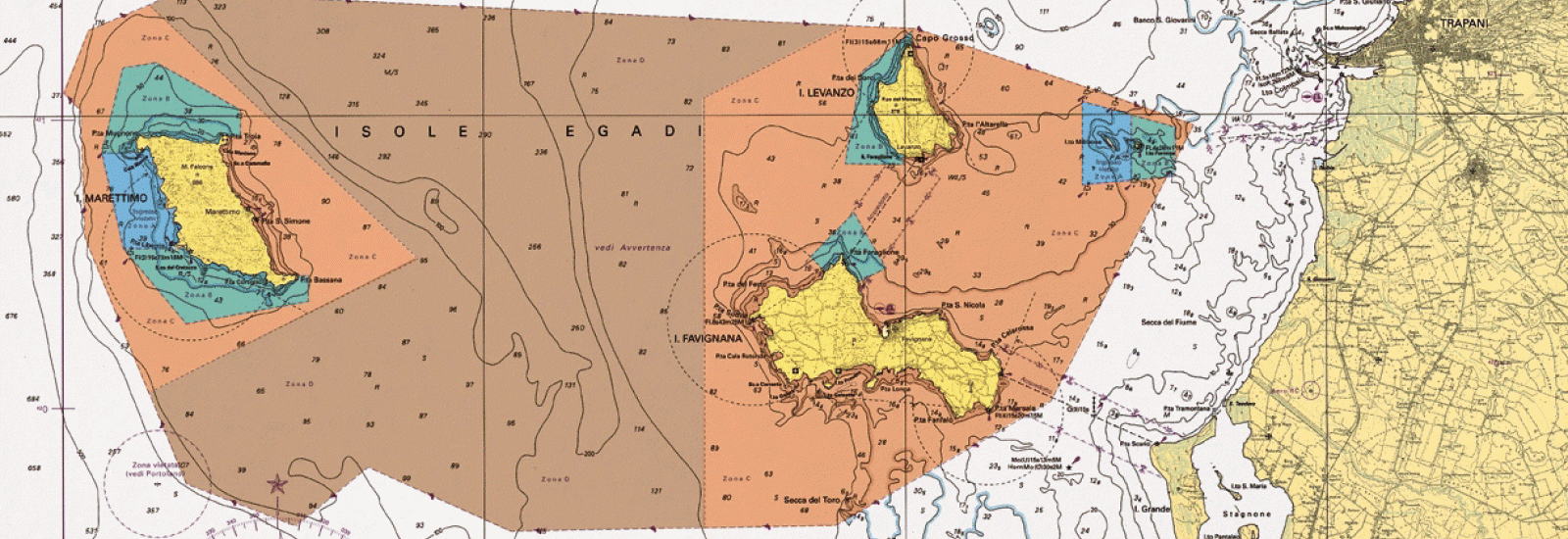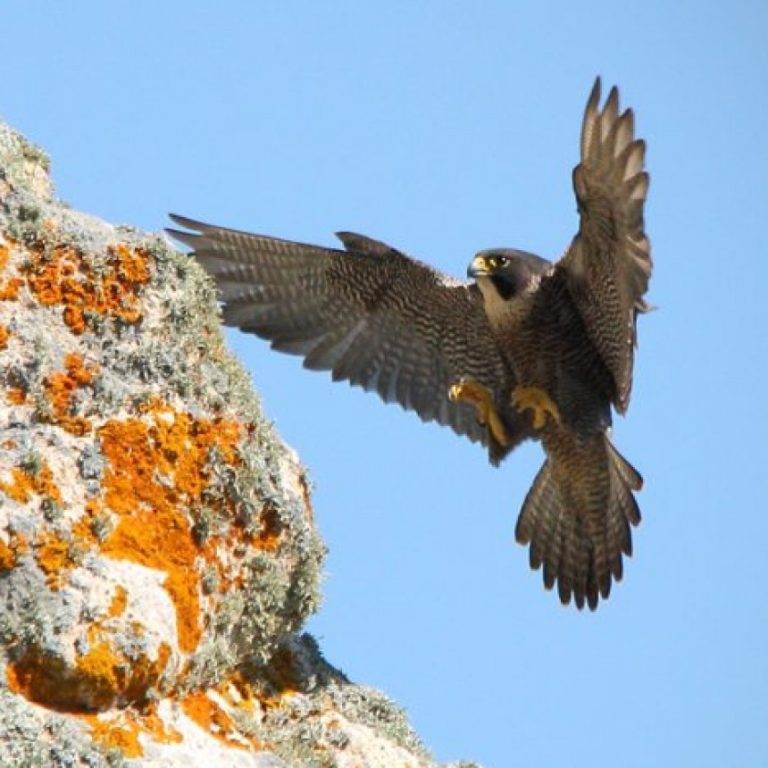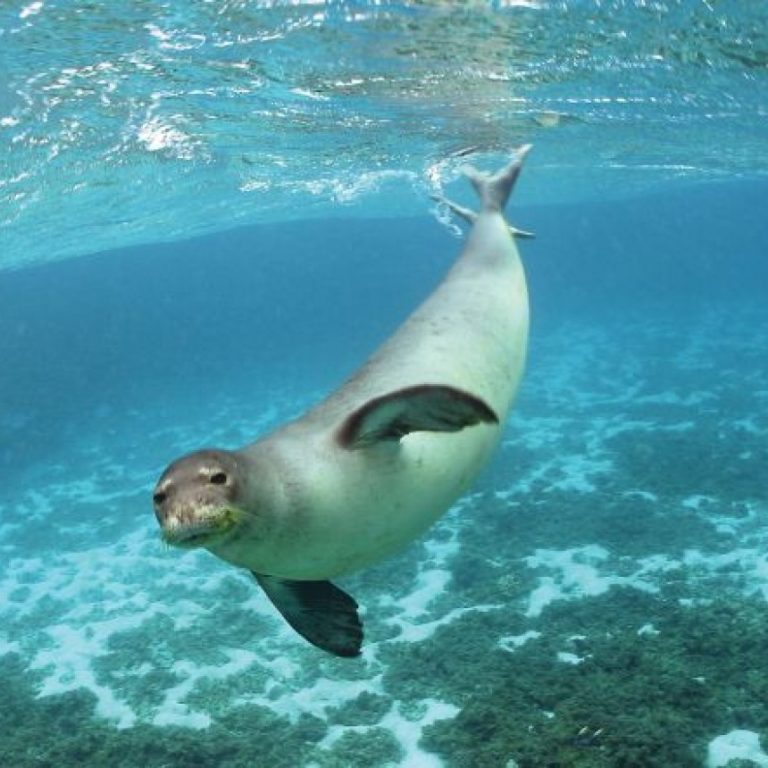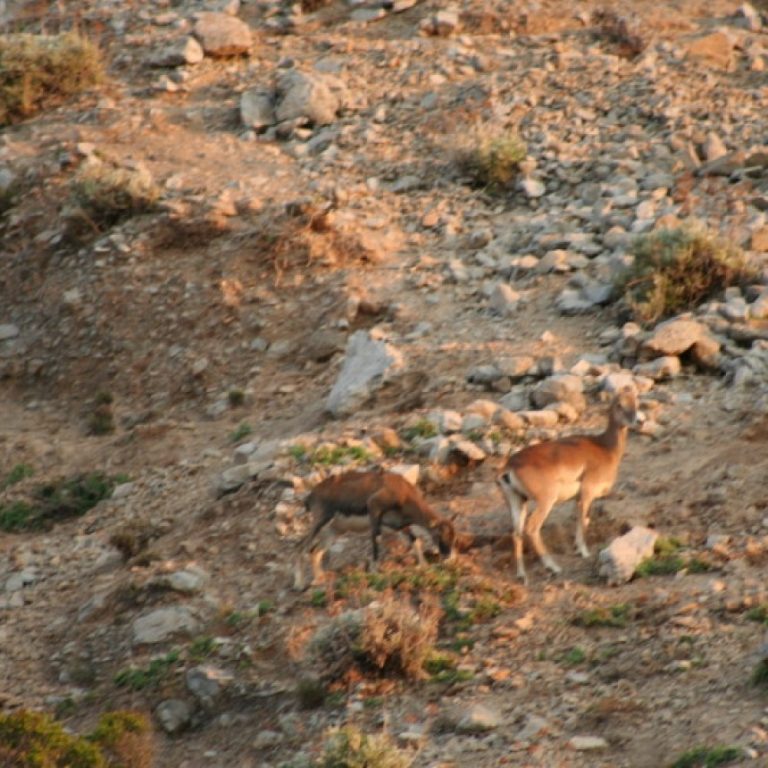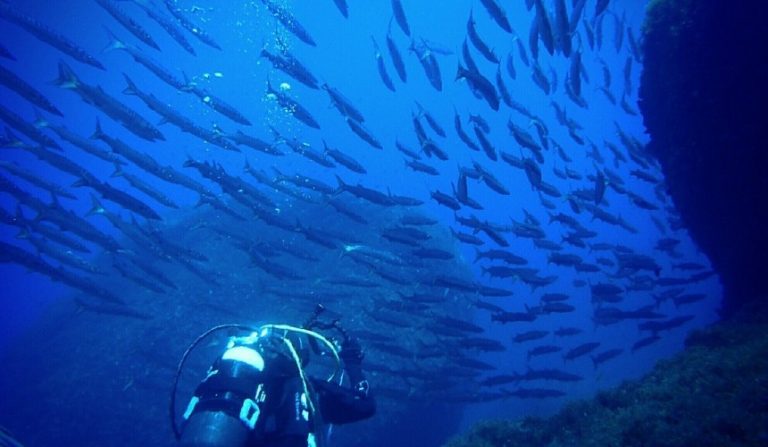THE ISLAND of Marettimo
The island of Marettimo, with a surface area of 12.3 km2 and 19 km of coastline, is 20 nautical miles from Trapani, 14 from Favignana and 70 from Capo Bon in Tunisia. Of a unique beauty, with its crystal clear waters that contrast with the greens steep slopes, has preserved its character as a quiet and peaceful island where nature still reigns supreme.
A peculiar characteristic of the island is the abundance of fresh water springs, precious to the sailors of the past, and the hypnotic scent of thyme, rue and heather. From this, probably, derives the sacredness that is traditionally associated with these places.
The English author Samuel Butler, a passionate scholar and translator of Homeric poems, was the creator of the so-called Sicilian theory of the Odyssey according to which the places described in the well-known poem were found in Sicily and not in Greece. According to Butler, Marettimo would therefore coincide with Ithaca, the homeland of Ulysses.
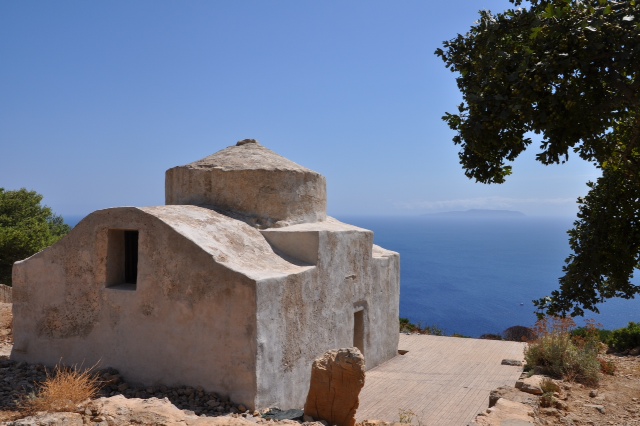
History
The first trace of civilization on the island probably dates back to 5,000 BC and is evidenced by numerous discoveries of artefacts such as arrowheads and obsidian splinters.
In March 241 BC Marettimo officially entered the history books: in fact, the battle that put an end to the First Punic War and who saw the Roman Empire overwhelm the Carthaginian fleet. From that moment the island became a Roman garrison: the monumental archaeological complex of “Roman Houses” it was built right then.
The Roman domination was followed by the invasion of the Vandals, then the Byzantines and the Saracens. The construction of the watchtower on the promontory can probably be attributed to the latter Punta Troia.
Then it was the turn of the Arabs, expelled in 1078 by Ruggero D'Altavilla, who introduced Christianity to the island.
The following centuries saw Swabians, Angevins and Spaniards alternate.
Subsequently, at the end of the 18th century, the Bourbons settled in and tried to reform the state and revalorize the territory.
However, the full flowering of the island was due to Florio family which gave a very strong economic and cultural boost to the Egadi Islands, with the construction of tuna traps and encouraging the restoration of field cultivation.
The landscape
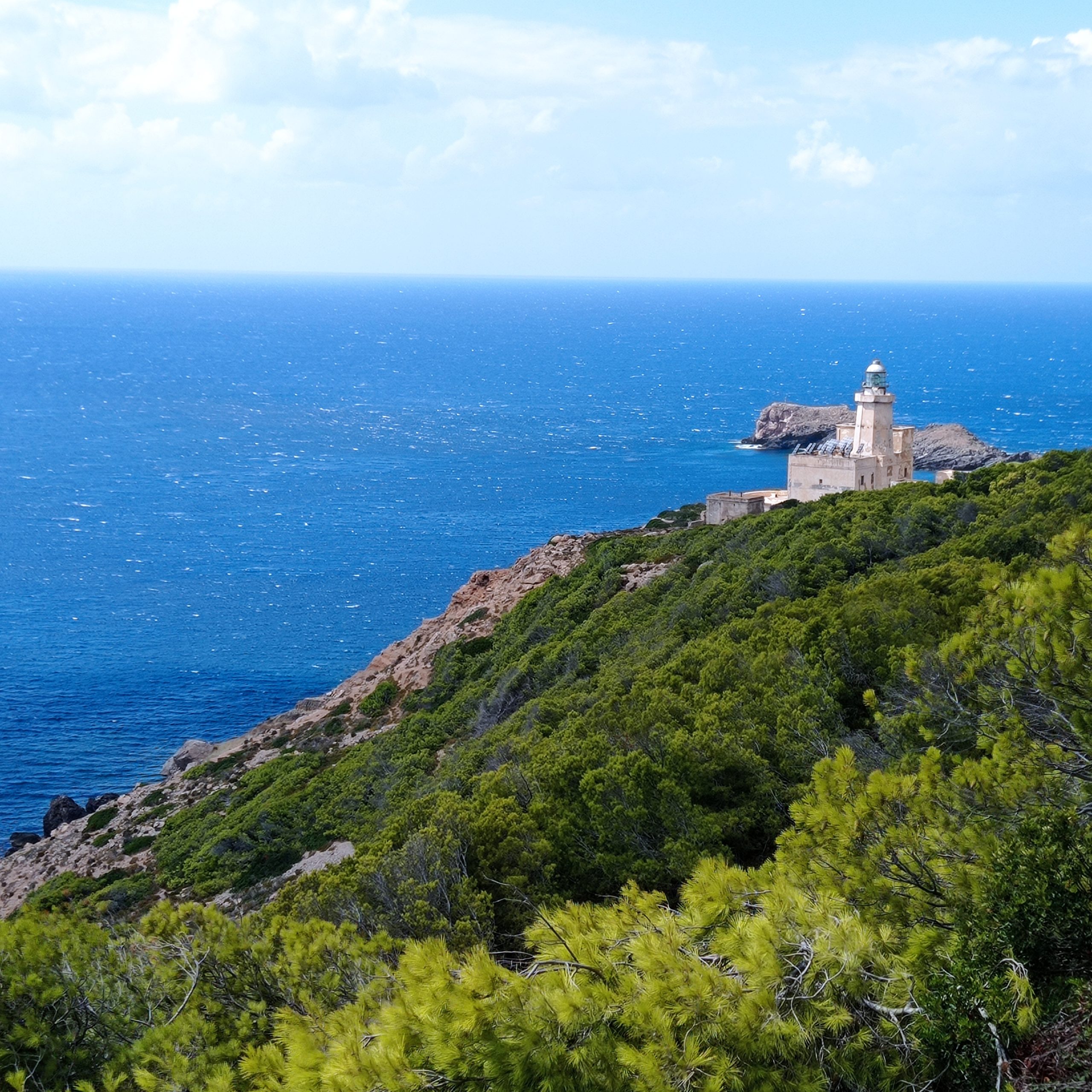
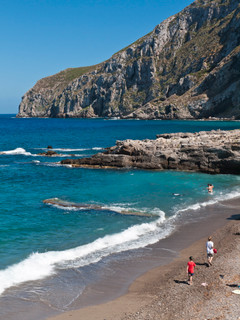
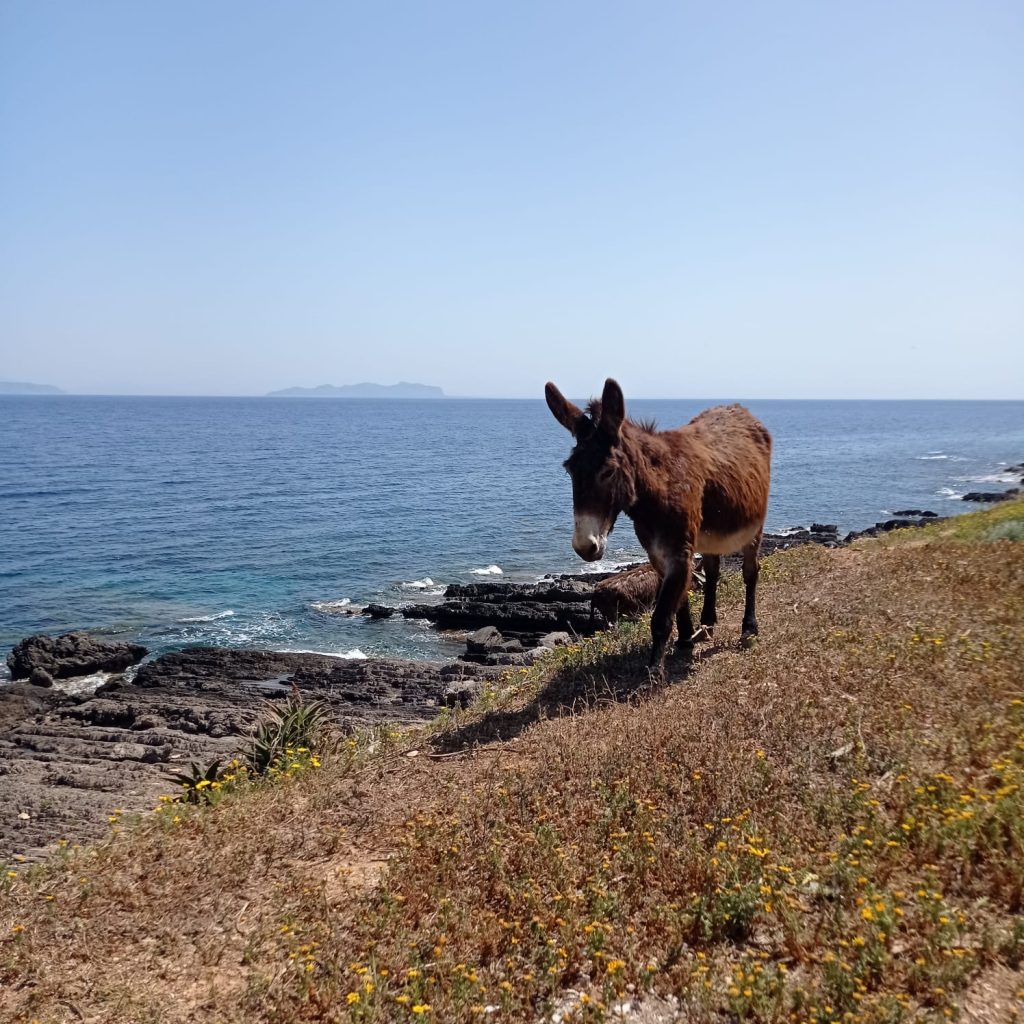
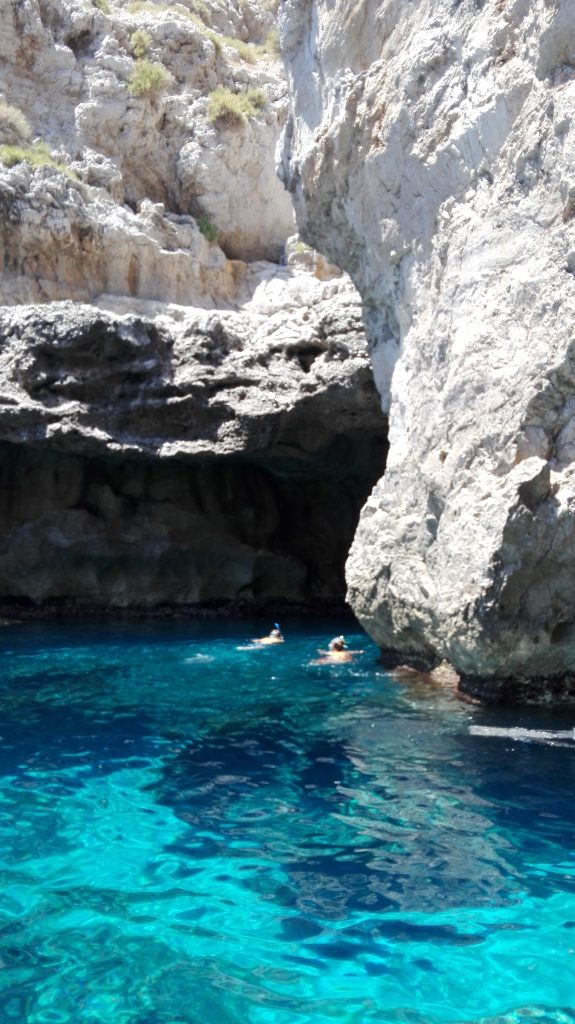
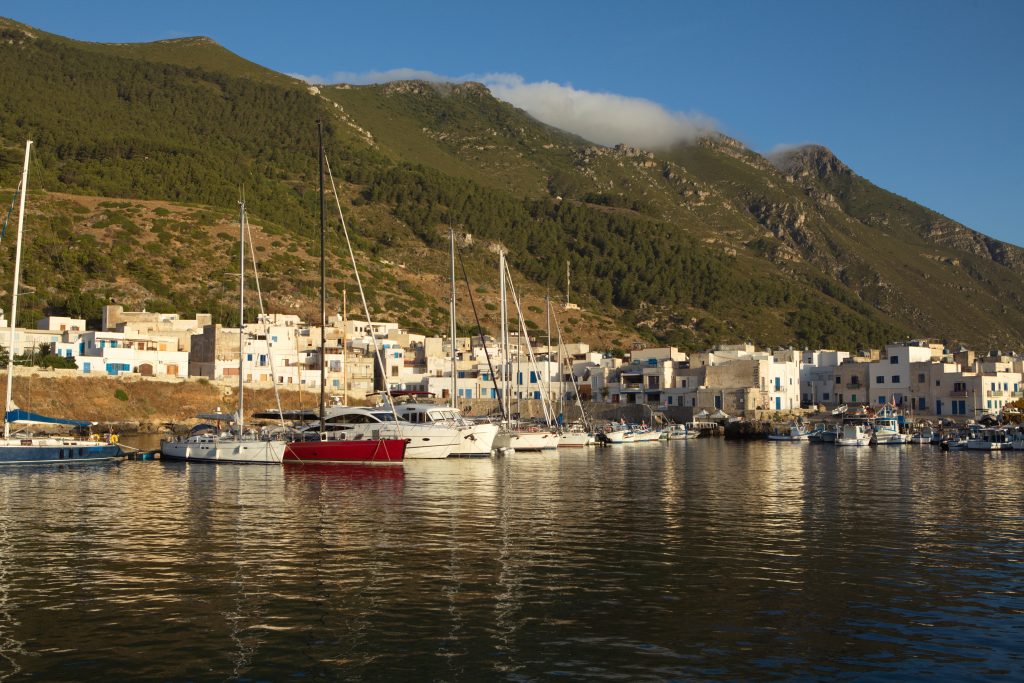
The nature
In the seabed of Marettimo, among the most fishy in the Mediterranean, moray eels, congers, bonito, salps, seabreams, amberjacks, groupers, lobsters, snappers and tunas are the species you can come across during one of the many diving possibilities that the island offers. In 2018, for the third consecutive year, two specimens of monk seals were also sighted, a very rare species that seemed to be endangered in the Mediterranean.
Gastronomy
Trekking in Marettimo
Marettimo culminates in the summit of Mount Falcone, 686 meters, a mountain in the middle of the sea.
The charm of these places lies in the feeling of peace and genuine meditation that it generates in the lucky hiker who immerses himself in the scents and colors of the Mediterranean scrub.
The island offers several trekking routes suitable for both beginners and more experienced hikers. The best months to venture out to discover the island are April and May when the cool climate and the countless blooms of herbs and spontaneous essences make the experience unforgettable. In recent years, more and more hikers are choosing to visit the island even in the months of October and even November, thanks to the still mild climate and the newfound tranquility after the chaotic summer months.
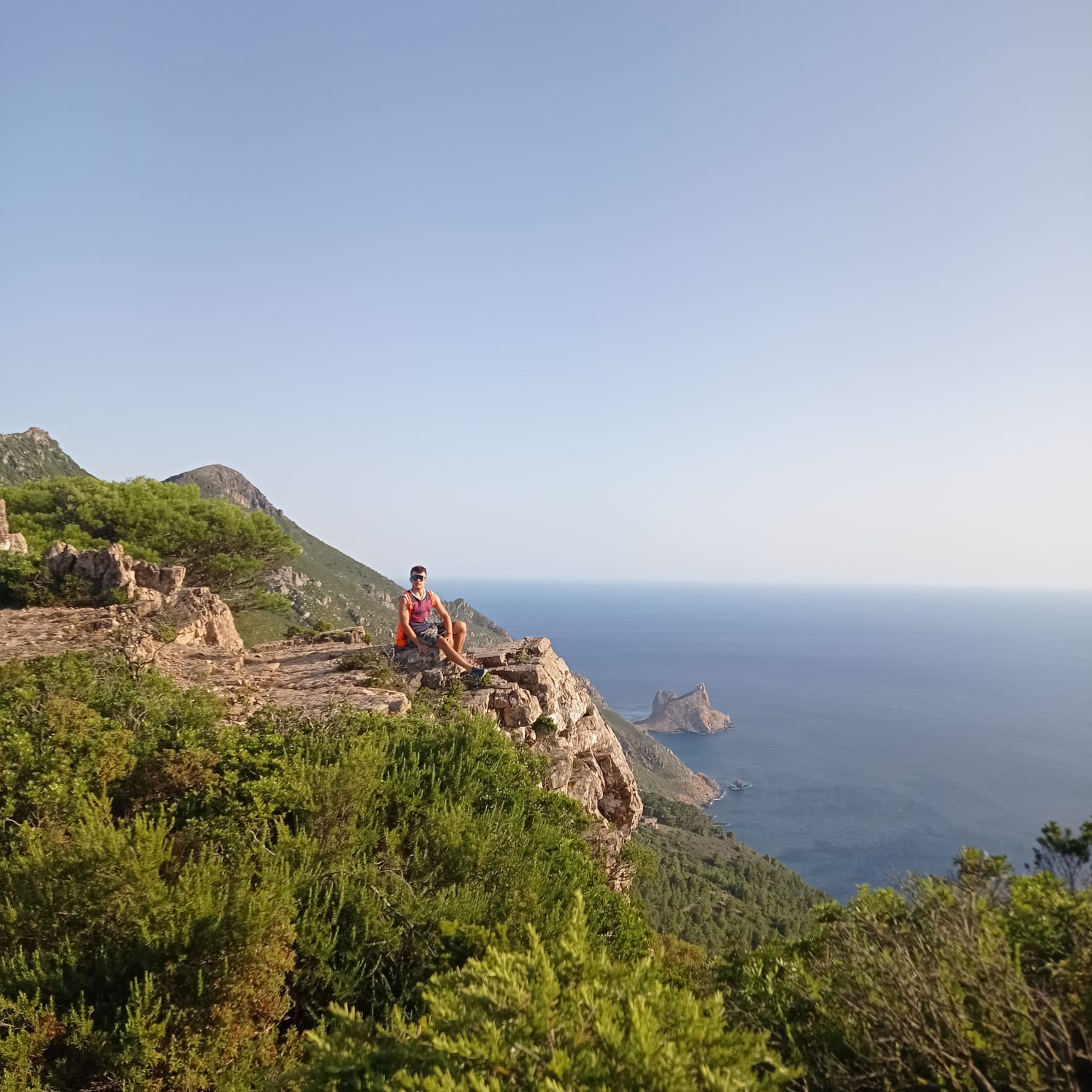
The Egadi Marine Protected Area
Established in 1991 and managed since 2001 by the Municipality of Favignana on behalf of the Ministry of the Environment and Protection of Land and Sea, the MPA pursues the institutional missions of protection and enhancement of the marine environment, environmental education and research, awareness and user information, integrated management of the coastal strip and promotion of sustainable development and tourism.
The reserve, with its 53,992 hectares, it is the largest in the Mediterranean. The Egadi Islands are an area dedicated to very high biodiversity: in the seabed there is the protected habitat of the prairie Posidonia oceanica largest and best preserved in the Mediterranean. And the green lung of our seas, crucial in the marine ecosystem because it absorbs CO2 and produces oxygen. Marettimo has the characteristic of being the first point of arrival for numerous marine species, such as turtles and monk seals, and hosts theMonk Seal Observatory.
